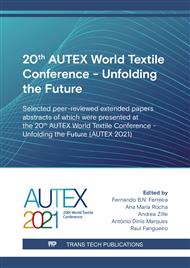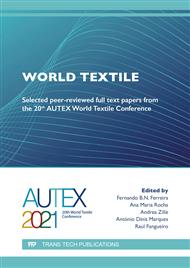p.39
p.49
p.61
p.71
p.81
p.89
p.99
p.113
p.121
The Fashion and the City: Porto Case Study
Abstract:
Fashion, as a simultaneously cultural and global phenomenon, has become an attractive factor in many cities, particularly the large metropolises where it assumes a prominent role, as in Paris, London, Milan, or New York. In countries where fashion does not assume notoriety and global prestige, there is an emergence of fashion movements more associated with local cultural characteristics, which are used by fashion designers as sources of inspiration and differentiation.In major cities, world-renowned designers and brands take on recognized importance, and the attractiveness that fashion districts have on visitors is notorious. In smaller cities, however, generally associated with cultural and artistic heritage, fashion appears in some places as a specific offer, marked by originality and differentiation of historical roots or inspired by local culture. The interest in fashion, in general, leads the management of territories to associate the local dynamics of fashion creation with shopping tourism, creating specific itineraries and infrastructures, in an attempt to follow the example of the big cities and, thus, develop the fashion business by increasing the reasons of interest to visitors.The study aims to analyse the dynamics of development of the fashion business in medium-sized cities with strong tourist attractiveness, to design a territory management model that maximizes the notoriety of local fashion, and stimulates economic activities directly and indirectly related to fashion.
Info:
Periodical:
Pages:
81-88
Citation:
Online since:
July 2022
Price:
Сopyright:
© 2022 Trans Tech Publications Ltd. All Rights Reserved
Share:
Citation:



